The spatial computing landscape is about to get seriously interesting. Samsung has officially thrown down the gauntlet in mixed reality, with the Korean tech giant preparing to unveil its long-awaited "Project Moohan" XR headset at 10 p.m. ET tonight. This marks Samsung's direct challenge to Apple's premium mixed reality dominance, according to IBTimes. The timing could not be more strategic, Samsung's "Worlds Wide Open" Galaxy Event lands six days after Apple announced the M5 Vision Pro (Apple press release: 2025-10-15). A showdown is set.
What we are witnessing is not just another product launch. It is the moment the Android ecosystem gets its first serious answer to Apple's carefully curated visionOS world. The device represents Samsung's first major consumer product built for the new Android XR platform, developed in collaboration with Google and Qualcomm, as reported by Glass Almanac. Together, the trio is pushing spatial computing toward wider accessibility and a more open platform mindset.
What makes Project Moohan different from Apple's approach?
Here is where Samsung's strategy gets compelling. Samsung's approach diverges from Apple's premium positioning, both in design philosophy and technical execution. The device reportedly weighs approximately 545 grams compared to the Vision Pro's 600 to 650 gram heft, Virtual Reality News notes. For professionals who keep a headset on through multi hour CAD reviews or back to back virtual meetings, that drop matters. Less neck strain, less fatigue, more time on task.
While maintaining the ski goggle aesthetic similar to Vision Pro, Samsung incorporates a soft fabric seal and removable magnetic light blockers for comfort, IBTimes reports. The bigger strategic swing sits in the box. Samsung offers first-party motion controllers; reporting indicates they may be available as accessories or in limited bundles (availability/bundling TBD), contrasting with Apple's hand gesture focus that only supports third party controllers, according to Virtual Reality News.
That choice nods to precision heavy workflows, from 3D modeling to industrial training, where tactile feedback and millimeter grade input beat hand tracking. For enterprise buyers, bundled controllers cut procurement hassle and deliver consistent experiences across teams.
Android XR: Google's answer to visionOS
The real advantage sits at the platform layer. Android XR, co developed by Samsung, Google, and Qualcomm, enables seamless switching between fully immersive virtual environments and mixed reality experiences using onboard cameras, IBTimes explains.
Google's Gemini AI integration promises contextual help by handling device controls and interpreting the surroundings, the same source indicates. For organizations already invested in Google Workspace, spatial computing can flow with familiar habits, like Gmail and Calendar notifications appearing where you are working, or live document collaboration that crosses physical and digital spaces.
The ecosystem tie ins bring immediate, practical value, not just demos. Access to YouTube on virtual big screens, immersive Google Maps, Chrome's multi screen flexibility, and 3D photo uploads to Google Photos, according to the report, set an easier on ramp than Apple's requirement to fully embrace the Apple ecosystem for best results.
Technical specifications promise impressive performance
Samsung's specifications suggest the company has not compromised on display quality to reach a sharper price. Leaked details point to dual 4K micro OLED panels delivering 4,032 pixels per inch, potentially exceeding Vision Pro's 3,386 PPI clarity, Tom's Guide reports. That density directly serves pro tasks where crisp text and visual precision drive productivity, from reading technical documentation to examining high resolution medical imaging.
Processing power comes from Qualcomm's Snapdragon XR2+ Gen 2 processor, offering a 20 percent higher CPU clock speed and 15 percent GPU performance increase compared to the standard XR2 Gen 2, Samsung Galaxy XR analysis shows. Translation, smoother multitasking across multiple virtual displays, less hitching during presentations, and headroom for complex simulations.
Battery performance mirrors industry limits, with approximately 2 hours of general use and 2.5 hours of video playback via external battery pack, Tom's Guide notes. These headsets are still built for focused sessions, not all day wear. Since Vision Pro sits in the same range, battery life will not decide this race, platform and price will.
Pricing strategy targets broader market adoption
Samsung's pricing aims at market expansion, not just bargain hunting. Industry reports place Project Moohan in the starts at $1,799 (official U.S. launch price), well below Vision Pro's 3,499 dollar price point, XR Today indicates. That gap gives mid market businesses and educational institutions a path to pilot programs and even small scale rollouts.
Positioned between Meta's value oriented Quest lineup and Apple's luxury bracket, Samsung opens the door for professional services firms, training organizations, and design studios that want high end capability without a luxury bill, the analysis suggests. For procurement teams, this price tier supports trials with multiple units, not a lonely single device test.
Samsung's measured rollout approach, an initial limited release of approximately 100,000 units starting in South Korea and possibly expanding to China, according to detailed market analysis, signals a disciplined entry focused on feedback and supply chain tuning. It reads like a platform credibility play for the long game.
What tonight's unveiling means for spatial computing
Tonight's reveal marks the move from Apple's solo premium experiment to true platform competition with distinct value propositions. Samsung's entry validates the spatial computing market while giving the Android ecosystem its first serious Vision Pro alternative, Glass Almanac observes.
There is also clear prep work. Android XR apps appearing in Google Play Store ahead of tonight's announcement show lessons learned from past launches where strong hardware arrived without software, Android Gadget Hacks reports. Day one content matters.
For organizations weighing investments, the decision tree sharpens. Samsung's Android XR approach offers broader app compatibility, AI first workflows through Gemini integration, and potentially more accessible pricing for scaled deployments, while Apple's approach provides premium build quality, mature enterprise integration, and proven developer ecosystems, XR Today analysis concludes. Which flavor fits, Apple's tightly curated experience or Samsung's open, AI driven platform?
Tonight's unveiling turns spatial computing from experiment to competitive category. The likely winners, organizations and professionals who finally get real choice, with platforms that match specific workflows, budgets, and ecosystem preferences.





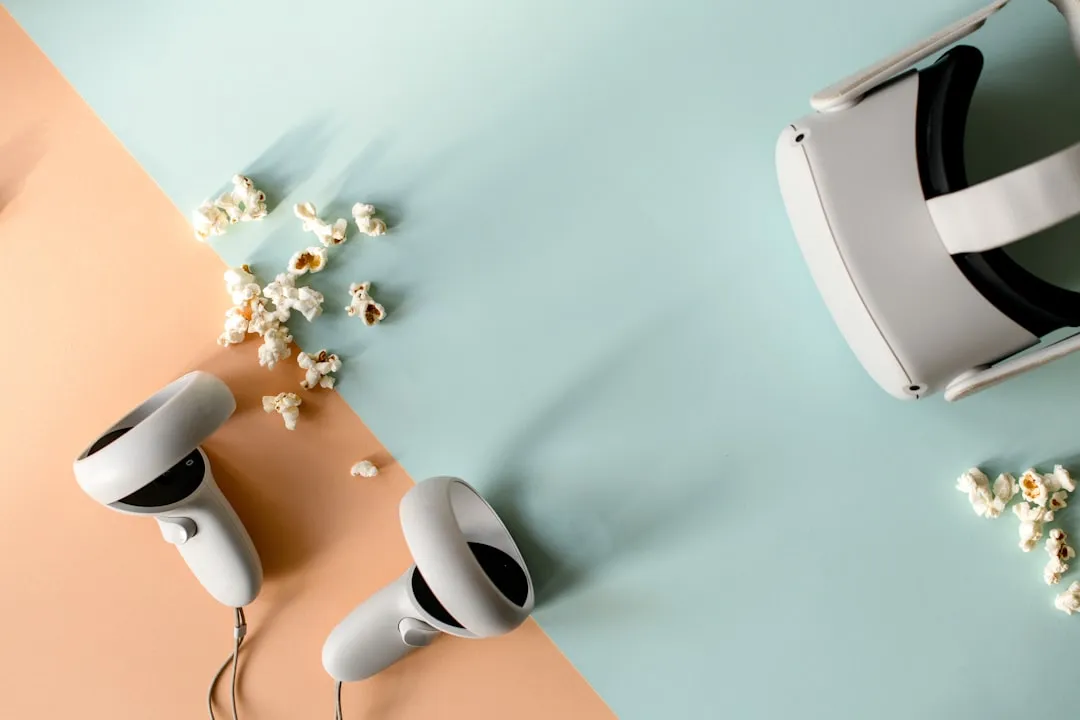
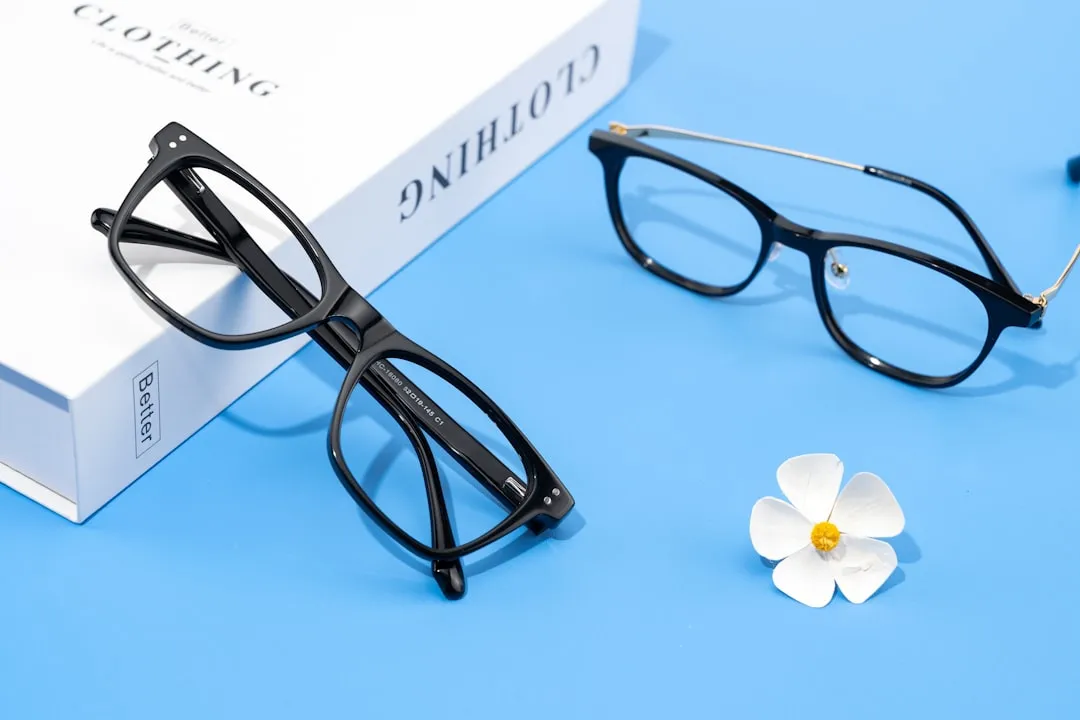
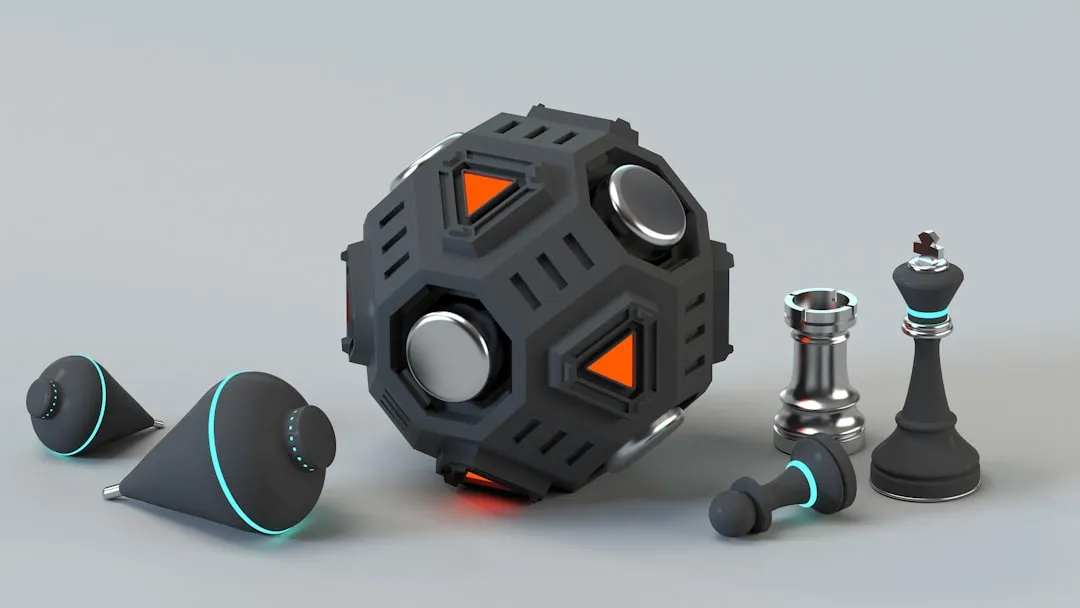

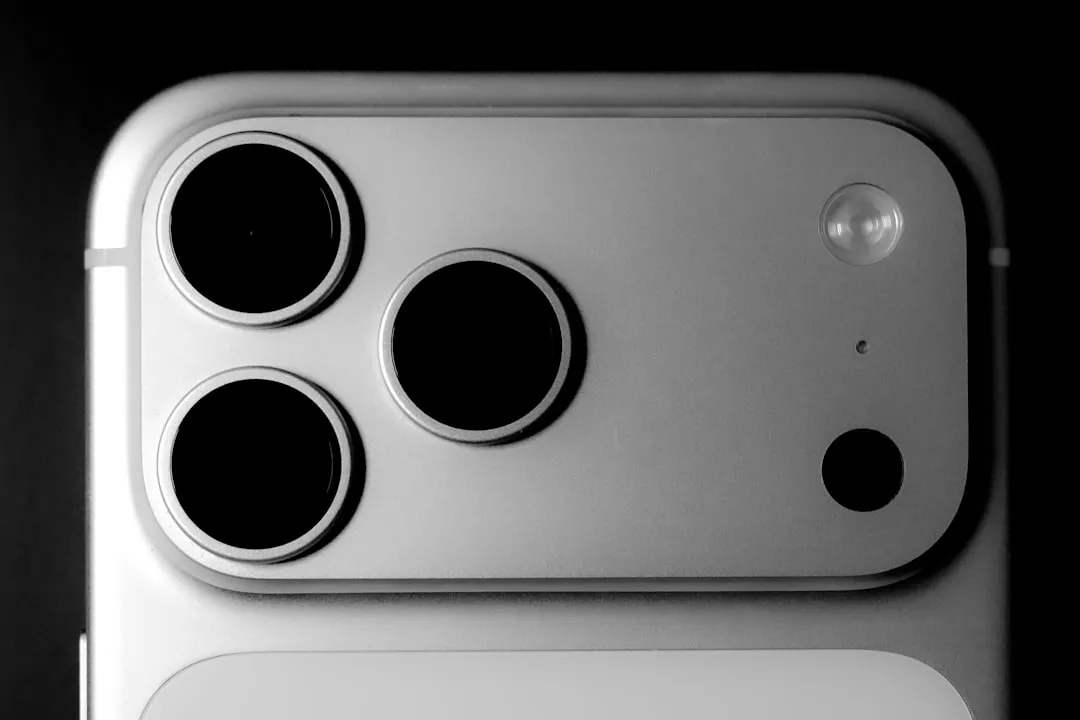




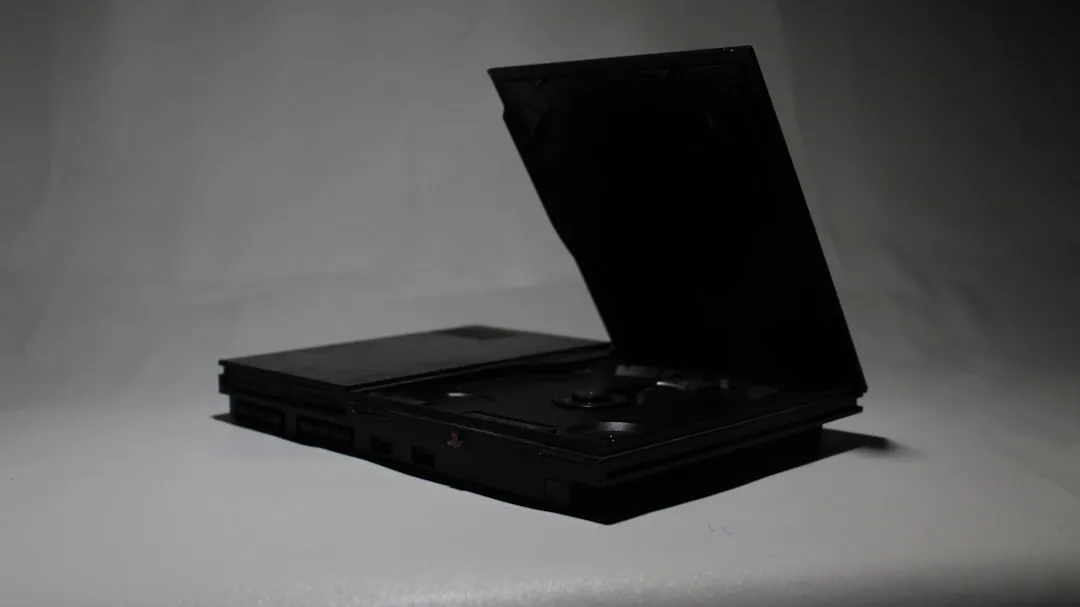




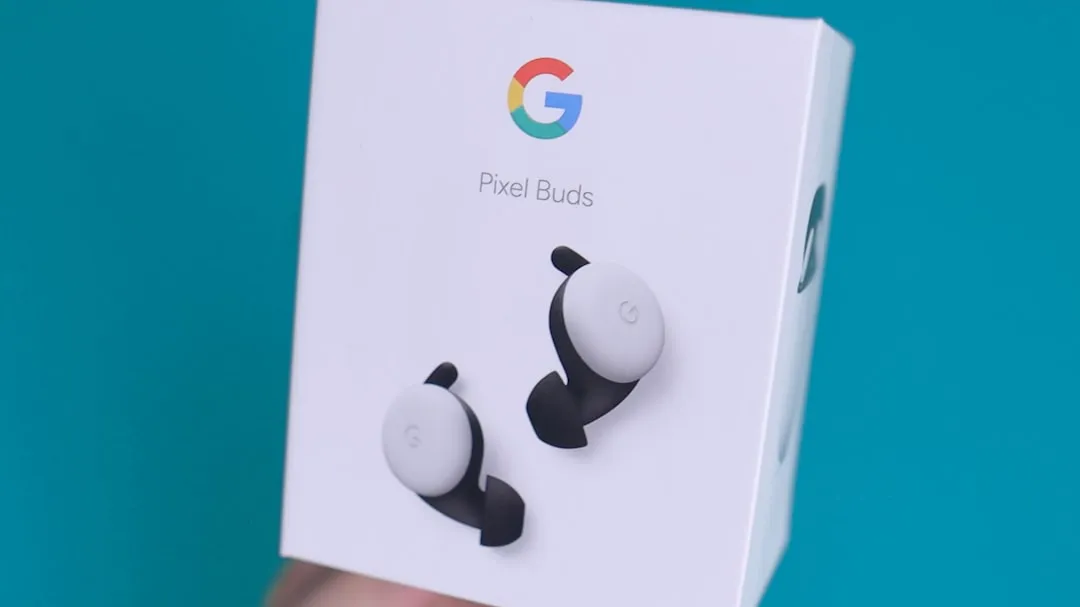

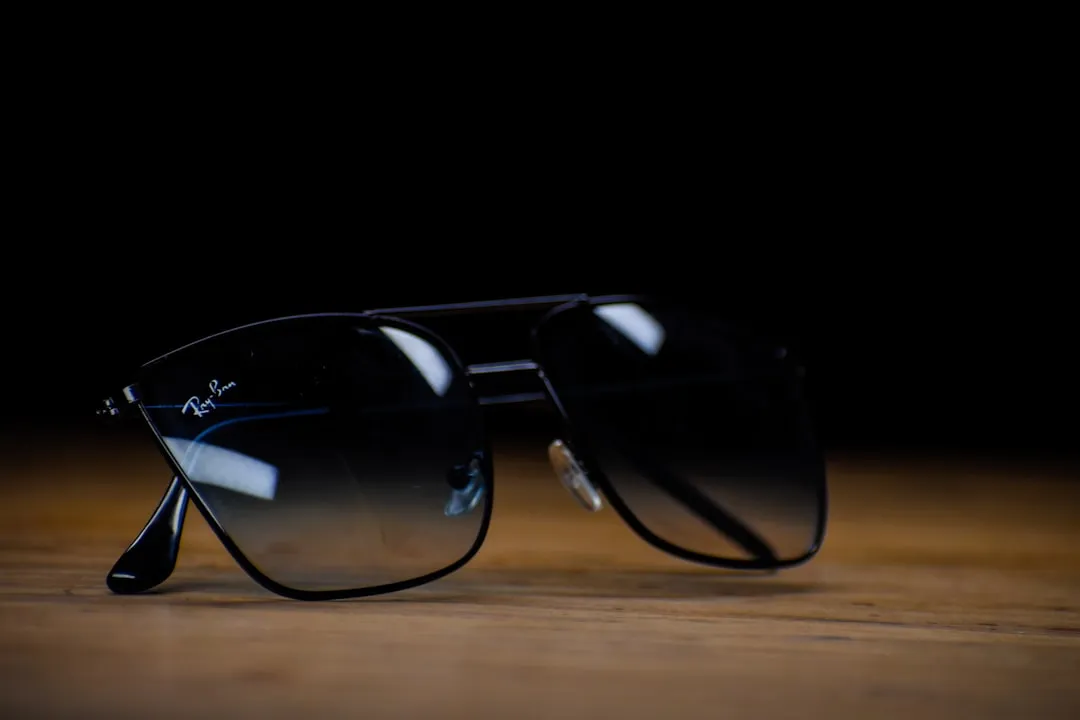
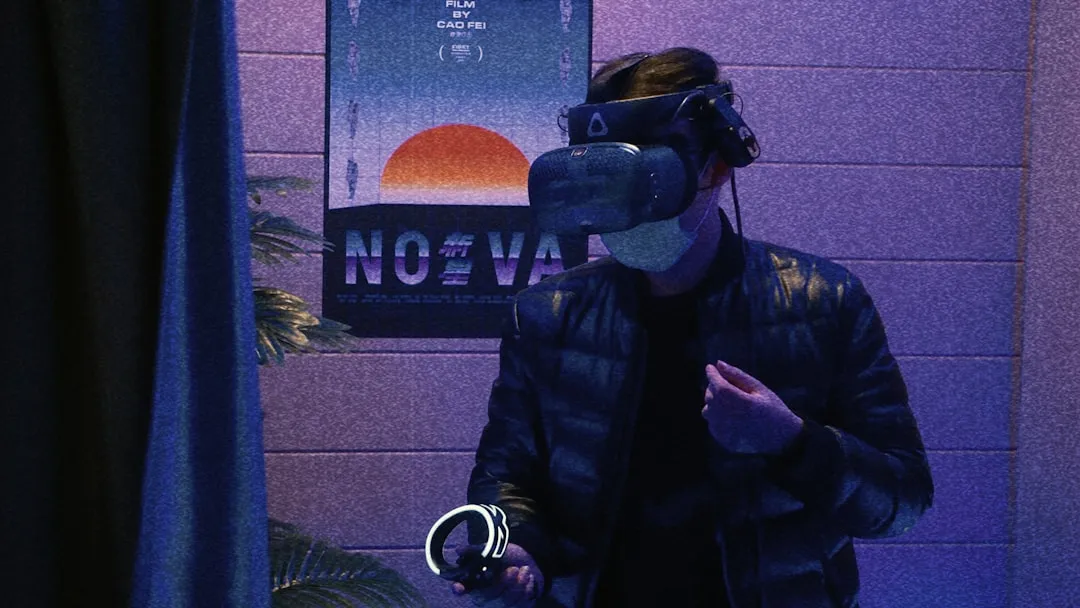
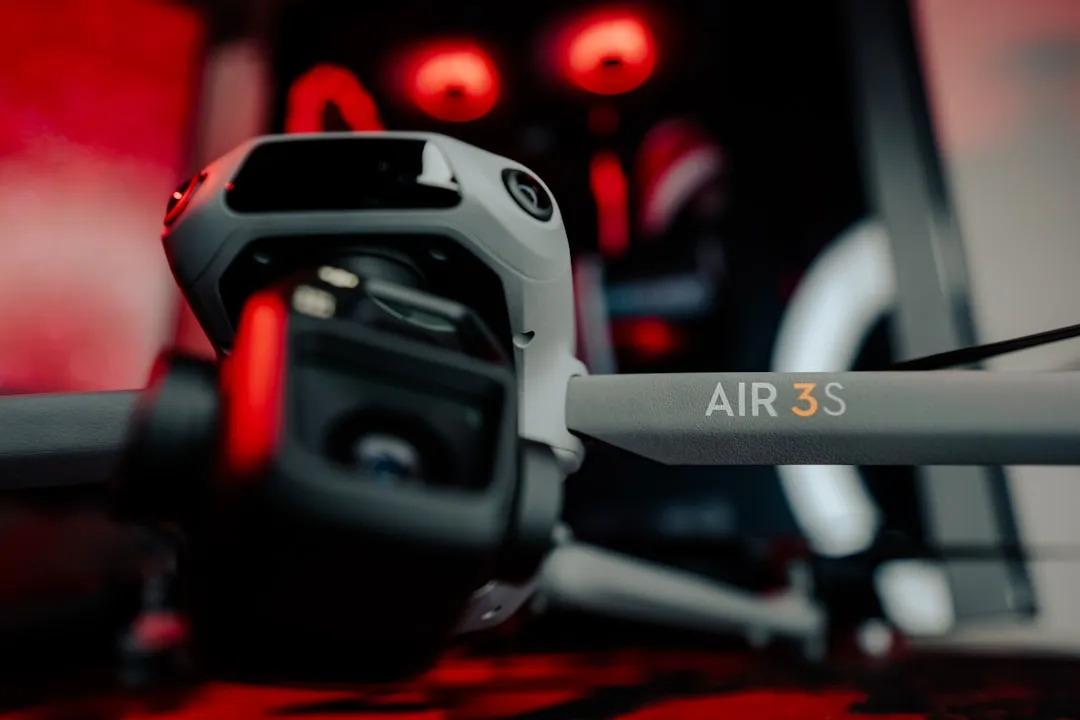

Comments
Be the first, drop a comment!